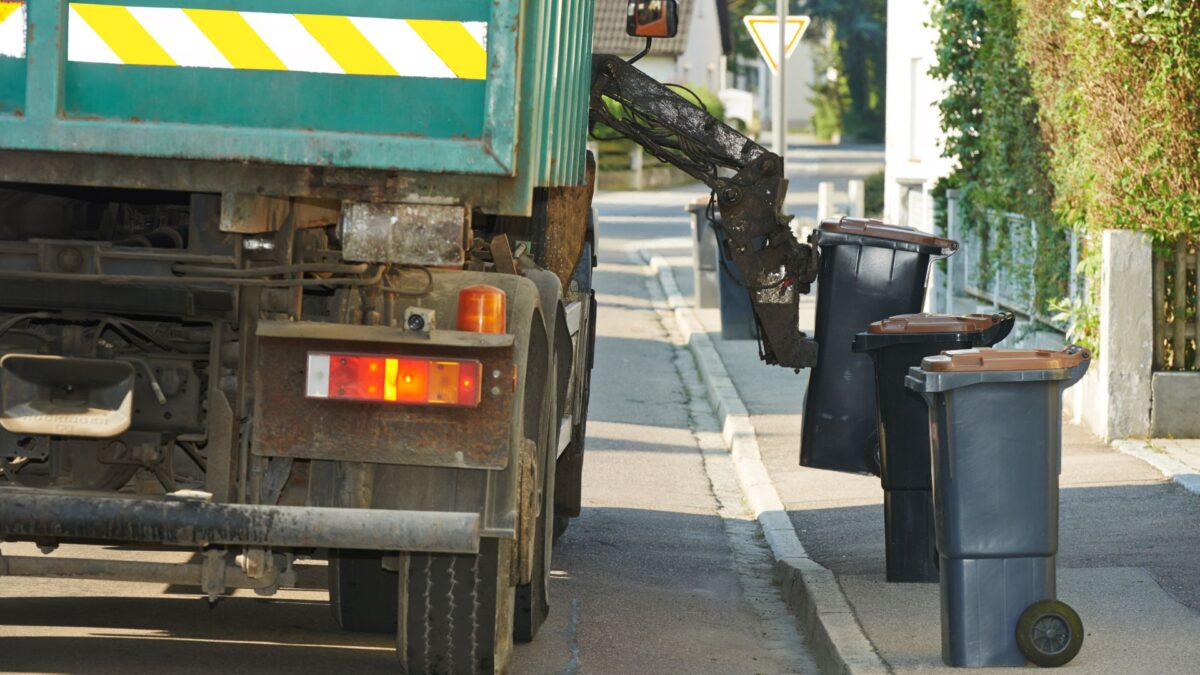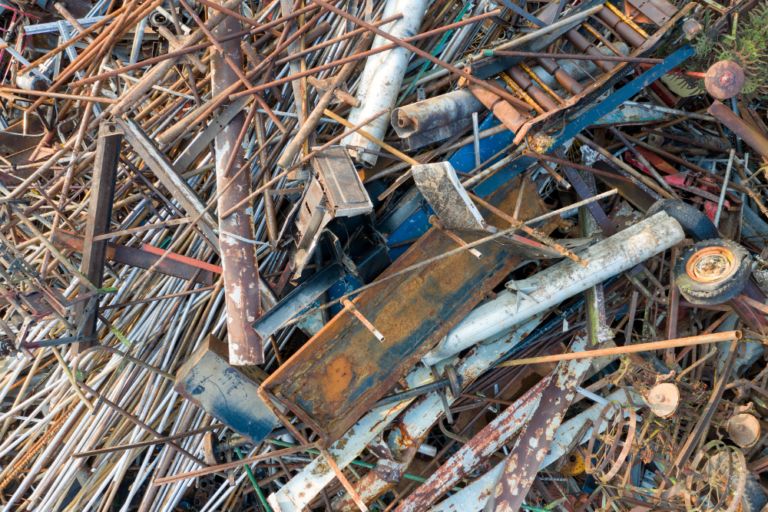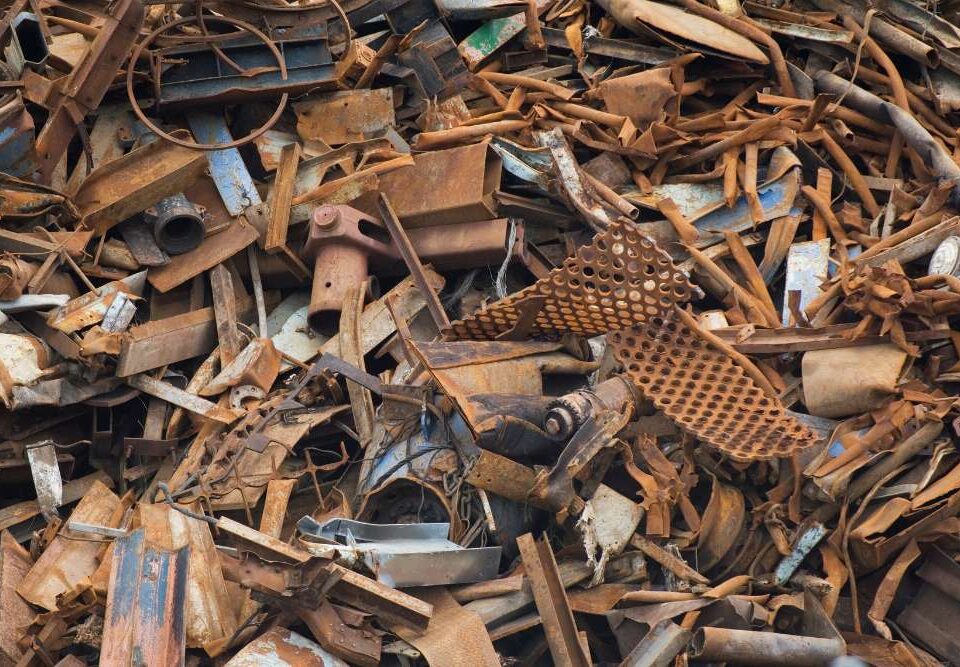
The Role of E-Waste in Environmental Sustainability
September 15, 2025
How to Safely Handle E-Waste Disposal
September 15, 2025Landfills across the globe are filling faster than ever, leaving communities searching for better waste solutions. Every item thrown away has a consequence, and much of what we call junk still carries value if handled responsibly. Recycling plays a crucial role in reducing the pressure on overflowing landfills by giving discarded materials a new life instead of condemning them to permanent waste. From broken furniture and old appliances to scrap metal and wood, many common items can be repurposed or processed into reusable materials.
By diverting items from landfill and channeling them back into productive cycles, recycling reduces pollution, conserves resources, and lowers greenhouse gas emissions. More than just an environmental act, it is a practical choice for creating a healthier, cleaner, and more sustainable future. Understanding why recycling matters and how it contributes to landfill reduction provides clarity on the role individuals and businesses play in shaping responsible waste management.
The Environmental Burden Of Landfills
Landfills may seem like an easy solution for waste disposal, but their impact on the environment is immense. When waste piles up, it emits methane gas, a greenhouse gas far more potent than carbon dioxide. This contributes to climate change and affects air quality. Additionally, liquids from decomposing waste, known as leachate, seep into the soil and contaminate groundwater. The environmental footprint of landfills is far greater than many realize.
What makes the problem worse is that much of the material in landfills could have been recycled. Items like metal, glass, and paper take up space while their reuse could have conserved natural resources. With every truckload of waste dumped, opportunities for recovery are lost. Recycling junk offers a direct way to ease this burden by cutting down the amount of material funneled into these sites. It is a solution that addresses both immediate and long-term environmental challenges.
How Recycling Conserves Natural Resources
Every manufactured item begins with raw materials extracted from nature. Mining for metals, cutting down trees, and drilling for oil all have environmental consequences. Recycling reduces the demand for these activities by reintroducing recovered materials back into production. For example, recycling aluminum saves up to 95 percent of the energy required to create it from raw ore. Paper recycling protects forests that provide clean air and habitats for wildlife.
The conservation of resources through recycling extends beyond energy savings. It lessens the strain on ecosystems that are often disrupted by extraction industries. Water usage is also reduced when recycled materials replace virgin ones in manufacturing. By treating junk as a resource rather than waste, communities can slow the depletion of natural reserves. This approach ensures future generations will continue to benefit from the earth’s limited supply of essential raw materials while enjoying a cleaner environment.

The Role Of Junk Removal In Waste Reduction
Junk removal services play a key role in waste reduction strategies by ensuring items are disposed of responsibly. Instead of sending everything to a landfill, many services sort through collected items to identify what can be recycled, repurposed, or donated. This process diverts large volumes of waste away from disposal sites and extends the life of usable materials.
For individuals and businesses, junk removal offers convenience without sacrificing responsibility. Old appliances, broken furniture, or construction debris may seem destined for landfill, but with the right service, much of it can find a second purpose. By partnering with companies that prioritize recycling and sustainable practices, waste producers contribute directly to reducing landfill volume. Junk removal is not just about clearing clutter; it is about creating a smarter system where discarded items become opportunities for recycling and recovery rather than burdens on the environment.
Recycling Junk To Reduce Greenhouse Gas Emissions
Few people realize that recycling junk helps reduce greenhouse gas emissions in multiple ways. When waste is left to rot in landfills, it generates methane, one of the most dangerous gases contributing to climate change. Recycling diverts these items from landfills, cutting off a significant source of emissions before it begins.
On the production side, using recycled materials often requires far less energy than creating products from raw resources. This lower energy demand translates into reduced emissions from manufacturing plants and power generation. Recycling metals, plastics, and paper not only prevents pollution but also supports cleaner industrial practices. Each item recycled represents a small but meaningful step toward slowing climate change. By viewing junk as a contributor to emissions if mismanaged, communities gain a deeper appreciation for recycling as a tool that reduces both landfill waste and environmental damage simultaneously.
The Economic Benefits Of Recycling Programs
Recycling junk is not just environmentally beneficial; it has economic advantages as well. Recycling industries create jobs in collection, processing, and manufacturing, generating employment opportunities in local communities. The resale of recovered materials also supports a growing market that adds financial value to items once considered useless.
For businesses, participating in recycling programs can reduce disposal costs. Instead of paying for landfill tipping fees, they can channel materials into recycling streams where they often hold resale value. Communities benefit as well, since recycling helps municipalities lower waste management expenses while reducing the need for new landfill construction. Over time, these savings compound, providing both economic and environmental returns. Recycling transforms junk into resources that contribute not only to sustainability but also to thriving local economies. It proves that managing waste responsibly can be both profitable and practical for communities everywhere.
Common Materials That Benefit From Recycling
Many of the items people throw away every day are easily recyclable, yet they end up in landfills. Metals like aluminum, copper, and steel retain their value and can be recycled indefinitely without losing quality. Paper and cardboard, when recycled, reduce the need to harvest trees, while plastics can often be reprocessed into new products, reducing oil dependency.
Even bulky household items contain recyclable components. Appliances may have scrap metal, wood furniture can be repurposed, and glass from old windows or bottles can be melted down and reused. By recognizing these materials, individuals can make better decisions when sorting junk for disposal. Recycling these common materials not only reduces landfill pressure but also feeds valuable resources back into industries that rely on them. Each recycled item contributes to a system where less is wasted, and more is renewed for practical use.
How Communities Benefit From Recycling Efforts
Communities that embrace recycling see benefits beyond environmental protection. Recycling programs often foster stronger community engagement as residents work together toward shared goals. Public collection drives and local initiatives encourage people to participate in reducing landfill waste, creating a culture of responsibility and sustainability.
Health and safety also improve when communities recycle more and dump less. Reducing landfill reliance lowers the risk of soil and water contamination, leading to cleaner environments for residents. Additionally, recycling programs generate revenue that can be reinvested in local infrastructure, schools, or green initiatives. Communities with strong recycling systems demonstrate how collective effort can lead to lasting improvement. By recycling junk, neighborhoods do more than keep waste out of landfills; they build stronger, healthier, and more sustainable places to live. The benefits ripple outward, reinforcing the value of recycling for everyone involved.
The Connection Between Recycling And A Circular Economy
Recycling is a key component of the circular economy, an approach that prioritizes reuse and regeneration over disposal. In a circular system, products are designed to be recycled or repurposed at the end of their life, reducing reliance on new raw materials. Junk recycling feeds directly into this model by recovering materials that can reenter production cycles.
Instead of a one-way system where items move from production to disposal, recycling creates loops where resources are continuously circulated. This reduces waste, saves energy, and promotes innovation in product design. As businesses and consumers embrace circular economy principles, recycling becomes a bridge between environmental responsibility and economic growth. Junk that once seemed useless gains renewed purpose, proving that landfill waste is not inevitable. The circular economy demonstrates that with smart planning, sustainability and productivity can thrive together, and recycling is one of the driving forces behind it.
Practical Steps To Increase Recycling Participation
Encouraging greater recycling participation requires practical strategies. Education plays a major role, as many people remain unsure of what can be recycled or how to prepare items for collection. Clear guidelines and community outreach help residents understand the process and reduce contamination in recycling streams.
Convenience also makes a difference. Providing accessible drop-off sites, curbside pickup, or dedicated junk removal services ensures recycling becomes an easy choice rather than an inconvenience. Incentive programs, such as discounts or rebates, can further motivate households and businesses to recycle more consistently. By making recycling practical and rewarding, participation levels increase significantly. Each person who takes part helps divert junk away from landfills and into productive use. With these steps, communities strengthen their recycling systems and make a measurable impact on both waste reduction and resource conservation.
Conclusion
Recycling junk plays a vital role in reducing landfill waste while conserving resources, cutting emissions, and strengthening communities. Every item diverted from disposal sites contributes to a healthier environment and a more sustainable way of life. From economic benefits to environmental preservation, recycling offers advantages that extend far beyond clearing out clutter. It transforms what many view as useless into valuable materials that power new industries and support future generations.
For residents and businesses in Santa Rosa, CA, responsible disposal is made easier with North Bay Junk Removal. Their commitment to eco-friendly junk removal ensures items are managed with recycling, donation, and sustainability in mind. By reducing landfill waste and prioritizing recovery, they offer a practical solution that benefits both people and the planet. To schedule a reliable junk removal service, contact North Bay Junk Removal today at 707-478-6817. Together, we can create a cleaner, greener future built on recycling and renewal.




